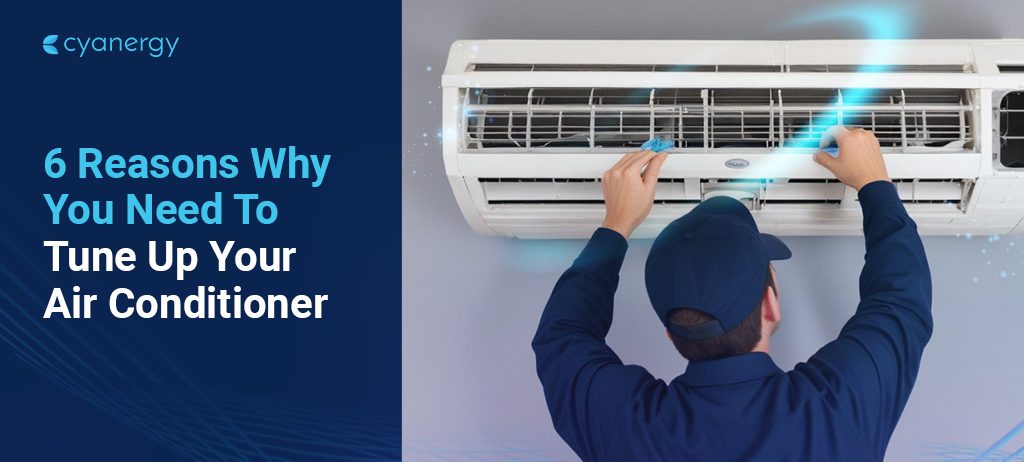Exhaust fan seals are an essential component of any ventilation system. They help remove stale air and pollutants from indoor spaces, ensuring that the air quality remains healthy and breathable. However, if the fan is not properly sealed, it can cause a host of problems, including higher energy costs, decreased air quality, and potential health hazards.
In this blog, we’ll explore the benefits of exhaust fan seals and why they are essential to maintaining a healthy indoor environment. Exhaust fan seals are designed to help create an airtight seal around the fan and the ventilation system.

This helps to reduce the amount of air leakage, allowing the fan to work more efficiently and draw out more pollutants from the indoor environment. It also helps keep energy costs down, as the fan does not have to work as hard to maintain the desired air quality. Additionally, exhaust fan seals help to prevent outside contaminants from entering the air in the home, making the air healthier and safer to breathe. Overall, exhaust fan seals are a simple, cost-effective way to help improve indoor air quality and ensure that your ventilation system is working as efficiently and effectively as possible.
What Are Exhaust Fan Seals?
Exhaust fan seals are designed to prevent air from escaping through the gaps between the fan and the wall or ceiling. These seals are typically made of durable materials, such as rubber or silicone, which can withstand the wear and tear of regular use.
Sealing the fan ensures that air is only being vented through the intended location, which helps improve the fan’s efficiency and reduce energy costs.

Benefits of Exhaust Fan Seals
1. Improved Air Quality
One of the most significant benefits of exhaust fan seals is that they help to improve indoor air quality. By preventing air from escaping through gaps in the fan, it ensures that the vented air is only coming from the intended location.
This means that pollutants, such as smoke, cooking fumes, and chemicals, are effectively removed from the indoor environment, resulting in cleaner, healthier air.2. Reduced Energy Costs Sealing the exhaust fan also helps to reduce energy costs. By ensuring that air is only venting through the intended location, the fan is able to work more efficiently and consume less energy.
This helps to reduce the overall energy costs associated with running the fan, making it a more cost-effective solution. Increased Longevity Sealing the exhaust fan also helps to increase its longevity. The protective seal helps to protect the fan from wear and tear, which can result in damage over time.
Protecting the fan from the elements can help to extend its lifespan and reduce the need for frequent repairs or replacements.
2. Reduced Energy Costs
Another advantage of exhaust fan seals is that they help to reduce energy costs. When air escapes through gaps in the fan, it causes the fan to work harder to maintain the required airflow. This results in increased energy consumption, which can lead to higher energy bills. By sealing the fan, it ensures that the airflow is maintained at a consistent level, reducing the workload of the fan and saving energy.
In addition, the installation of exhaust fan seals can also help to improve the efficiency of the fan, as it reduces the amount of air leakage which can cause the fan to become less efficient. This in turn results in improved energy efficiency and lower energy bills. Furthermore, the improved efficiency of the fan also helps to reduce noise levels, as less air is escaping from the fan and the motor is able to run more smoothly.
Finally, a well-sealed fan can help to reduce the amount of dust that accumulates in the indoor environment, as any dust or debris will be removed along with the air.
3. Increased Fan Efficiency
Properly sealing the exhaust fan can also help to increase its efficiency. When the fan is not sealed, air can escape through gaps in the fan, reducing the effectiveness of the ventilation system. By sealing the fan, it ensures that air is only being vented through the intended location, maximizing the effectiveness of the fan and improving the overall ventilation system.
This increased efficiency can lead to lower energy bills, as the fan is not having to work as hard to provide the same level of ventilation. Additionally, the improved ventilation system can help to improve indoor air quality, as more air is being circulated through the space and fewer pollutants are being trapped in the air. Finally, a properly sealed exhaust fan can help to reduce noise, as the fan does not have to work as hard to move the same amount of air.
4. Improved Health and Safety
Exhaust fan seals can also help to improve health and safety in the indoor environment. When air escapes through gaps in the fan, it can potentially cause health hazards, such as the buildup of carbon monoxide or other harmful pollutants. By sealing the fan, it ensures that the air being vented is only coming from the intended location, reducing the risk of potential health hazards.
Conclusion Exhaust fan seals are an essential component of any ventilation system. They help to improve indoor air quality, reduce energy costs, increase fan efficiency, and improve health and safety in the indoor environment. If you’re experiencing issues with your exhaust fan, consider installing a seal to ensure that it is functioning at its highest capacity.
Your indoor air quality and energy bills will thank you! Installing an exhaust fan seal is a relatively inexpensive and easy process. It is important to inspect the seal periodically to ensure that it is in good condition and to replace it if necessary. Additionally, make sure that the seal is properly installed so that it can effectively prevent air leakage. Ultimately, sealing your exhaust fan will help to create a safer, healthier, and more energy-efficient environment.
To install an exhaust fan seal, you must first turn off the power to the fan. Then, remove the fan’s cover to gain access to the motor, and measure the circumference of the fan’s opening. Next, cut the seal to the desired size and shape, and attach it to the fan’s opening.
To ensure a proper fit, use a flexible sealant or adhesive to attach the seal. Finally, reattach the fan cover and turn the power back on. With a properly installed exhaust fan seal, you can enjoy a cleaner and healthier indoor environment.








